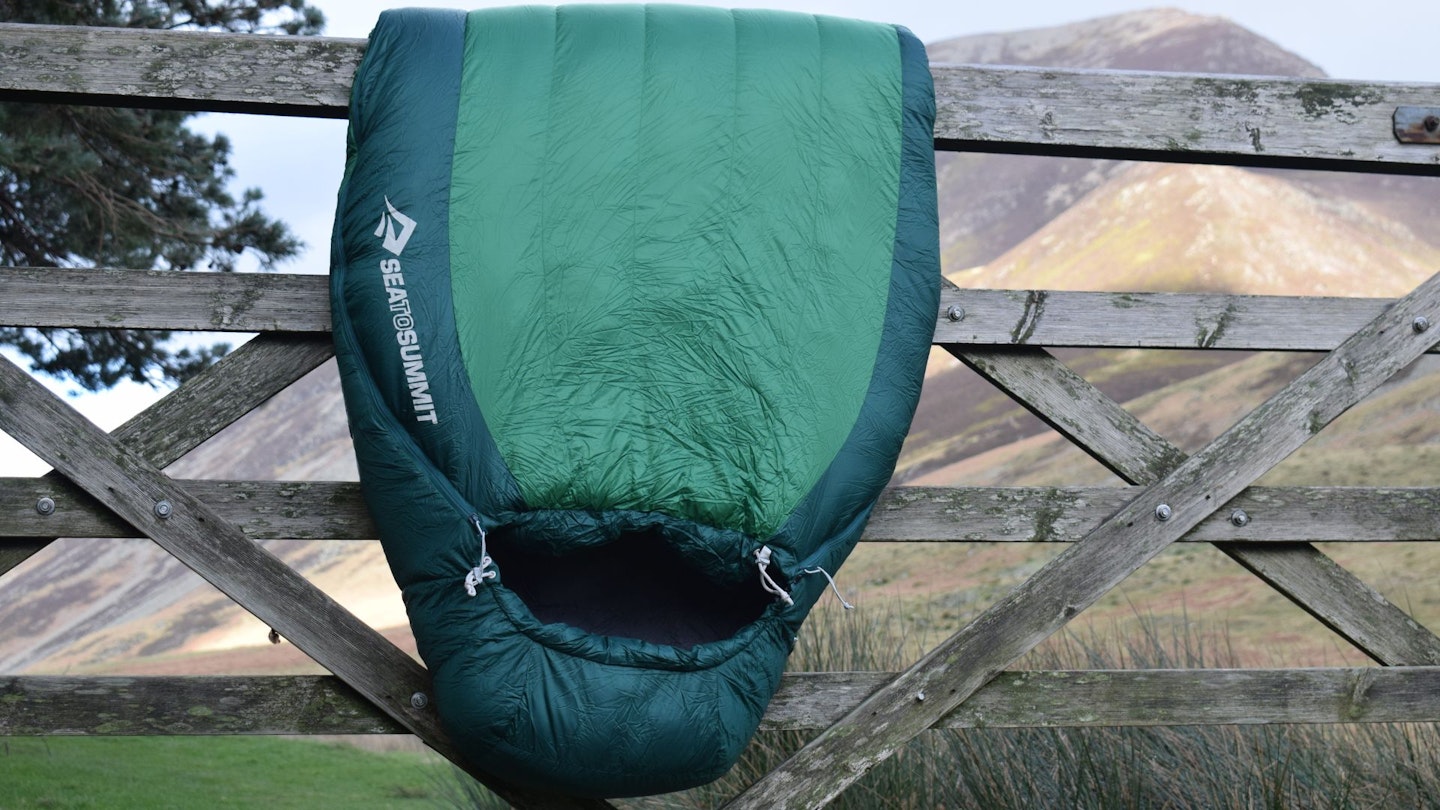Australian brand Sea to Summit has just overhauled its sleeping bag product line, with updates to both the Spark and Ascent ranges. The previous iteration of the Spark SPIII won a Best In Test award in a previous issue of our magazine, Trail, so the products have a well-regarded legacy. Here, we put the new Sea to Summit Ascent -9C to the test.
It’s a great all-rounder, featuring 750+ fill power down with a -2C comfort rating for a weight of 1,020g. The price-tag, however, is a little inflated for a 1kg bag and -2C grade. In all honesty, for £450 RRP we’d expect a bit more wow factor, either as better temperature ratings or a lower weight. That said, we like that it's versatile and you can wear it like a jumper to make your coffee in when getting and dressed straight away just feels like too much work.
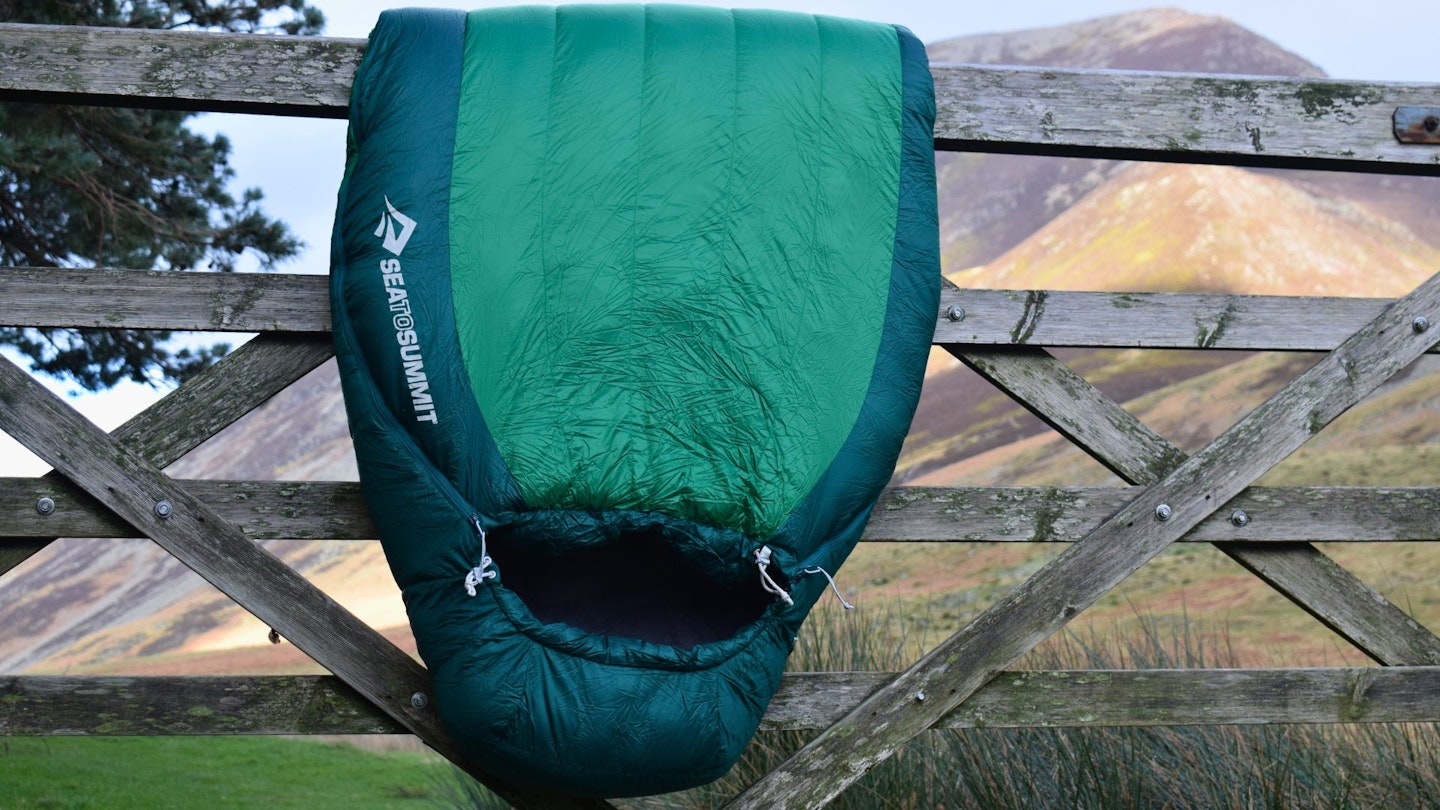 LFTO
LFTOPros
- Adaptable zip configuration
- PFC-free
- Roomy
- Slightly tough outer fabric than some superlight rivals
Cons
- Some rivals have better warmth-to-weight ratio
| Sizes | Regular, Long, Women's Regular, Women's Long |
| Packed size | 40 x 20cm |
| Weight | 1.02kg (regular), 1.16kg (long), 1.25kg (women's reg), 1.4kg (women's long) |
| Insulation | RDS 750-fill goose down w/ PFC-free Ultra-Dry Down treatment |
| Materials | Recycled 20D nylon shell and lining, 10D hood and footbox |
| Temperature rating | Comfort -2°C | Limit -9°C |
Temperature ratings
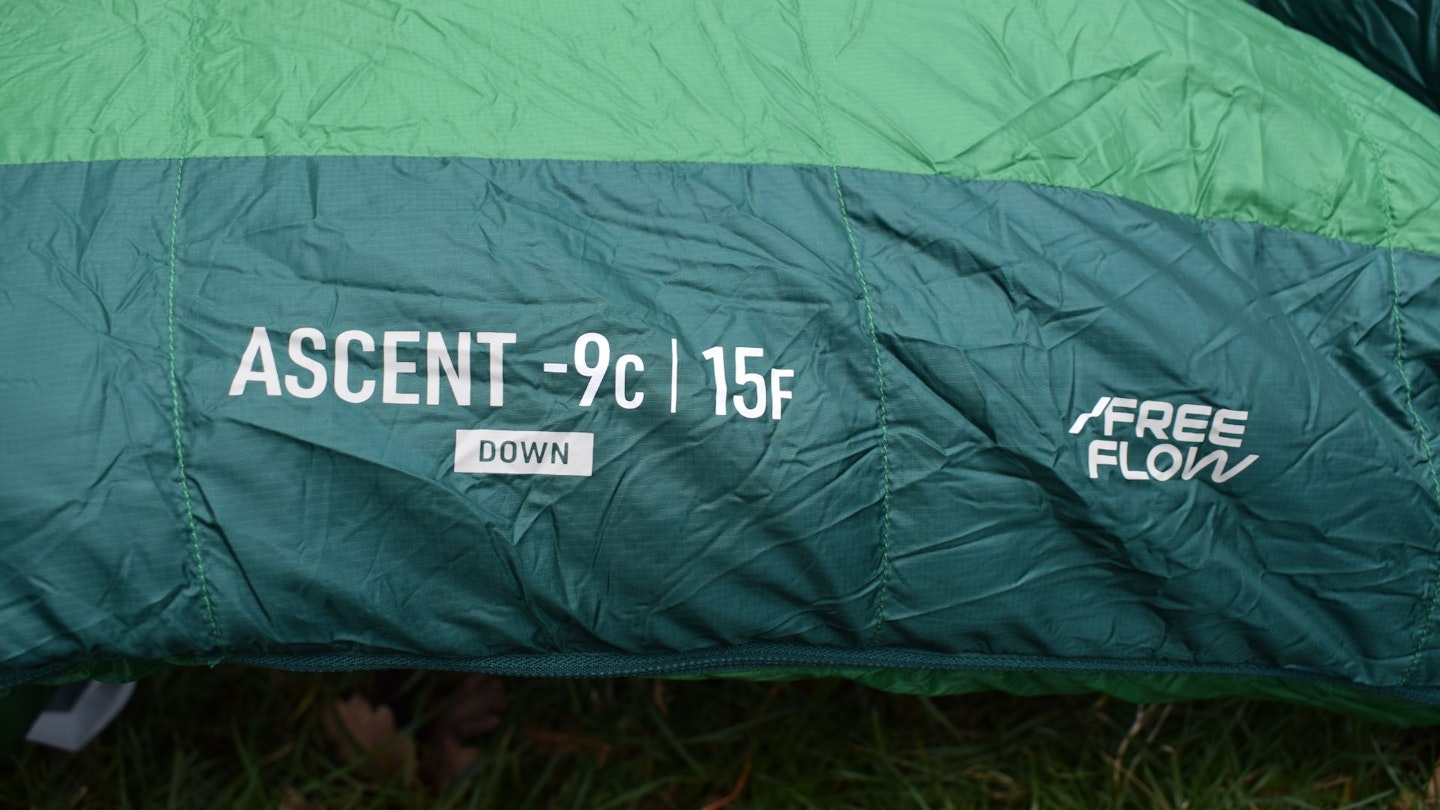
The Sea to Summit Ascent -9C has the following EN/ISO lab test temperature ratings: comfort -2C and comfort limit -9C. Sea to Summit does not publish an extreme rating. These are solid stats offering reliable warmth, particularly considering the bag only weighs a smidge over 1kg – often a benchmark weight in many campers’ minds.
Insulation type, fill power, and fill weight
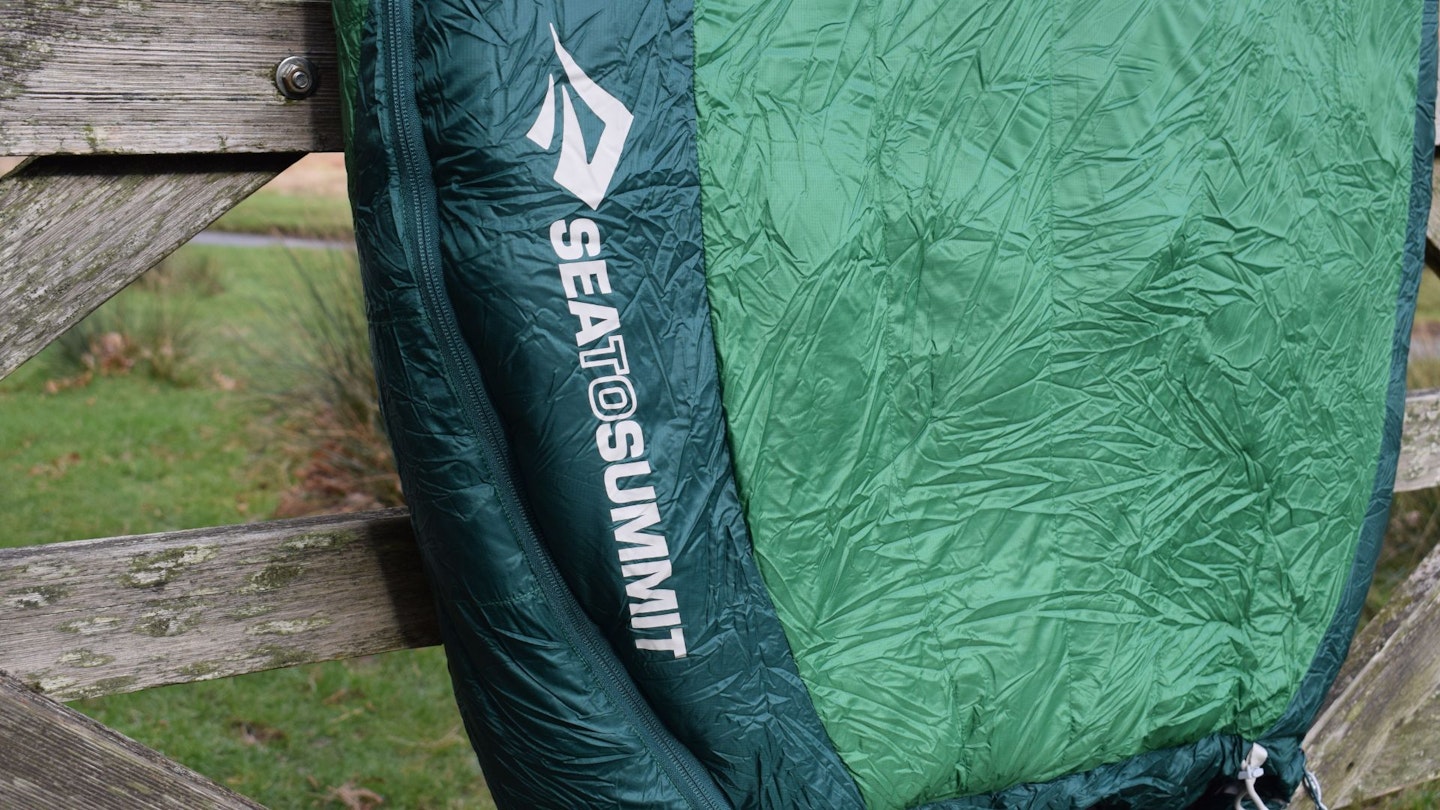
The Sea to Summit Ascent -9C is filled with 750+ fill power goose down, housed in chunky box-wall baffles. 750+ fill power is a high quality of a down with a good fluffy loft, but of course it’s not quite as premium as 800 fill power (or the less commonly used 900 fill power).
The fill weight of the down is 540g, which is an excellent portion of insulation – more than the Rab Neutrino 400 (400g) and Sierra Designs Cloud 800 (419g), for example. This enables the Ascent -9C to achieve its impressive -2C comfort rating, despite using only 750 fill power down rather than 800. The drawback of this approach is that it increases the weight of the bag. If Sea to Summit had used 800+ fill power, but with a lower fill weight, the overall weight of the bag would have crept under 1kg.
The down used adheres to the Responsible Down Standard, meaning it meets important ethical criteria. The type of down has an Ultra Dry Down treatment applied to it, which works in a similar way to Nikwax Hydrophobic Down or Sierra Designs’ DriDown, for example.
It helps improve the water resistance of the down, thus ensuring it performs better and retains its warmth and loft, even in humid and damp conditions.
Interestingly, Sea to Summit employs vertical baffles for the down across the chest, and then horizontal baffles over the lower half and base of the sleeping bag. The vertical baffles are designed to keep your core warm and minimise down migration (that annoying phenomenon when down insulation spreads out unevenly within a baffle and becomes clumpy and inconsistent), while the horizontal baffles are designed to cut weight.
Pack size and weight
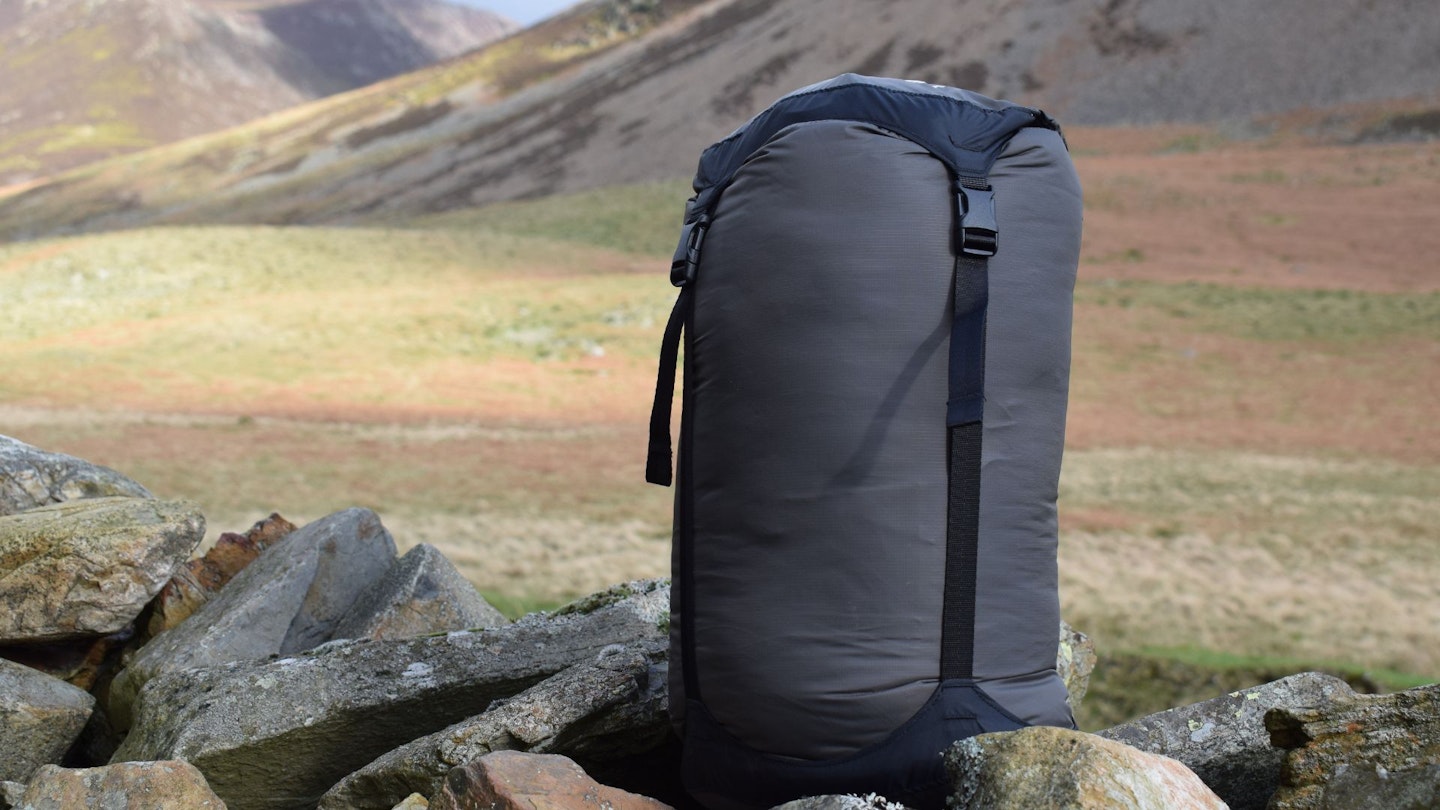
The Sea to Summit Ascent -9C weighs 1,020g in the regular-sized version. This is about mid-range – far from heavy, but not quite ultralight either. For £450 it’s a little heavier than we’d expect. The long version of the Ascent -9C weighs 1,157g.
The regular sized Ascent -9C compresses down to a size of 40cm x 20cm, when packed inside the included stuff sack. For storage at home, a storage bag (45 x 25cm) is provided. However it probably isn’t big enough and it feels like the down is still being squashed slightly inside it. A larger mesh bag would be preferable.
Materials and sustainability
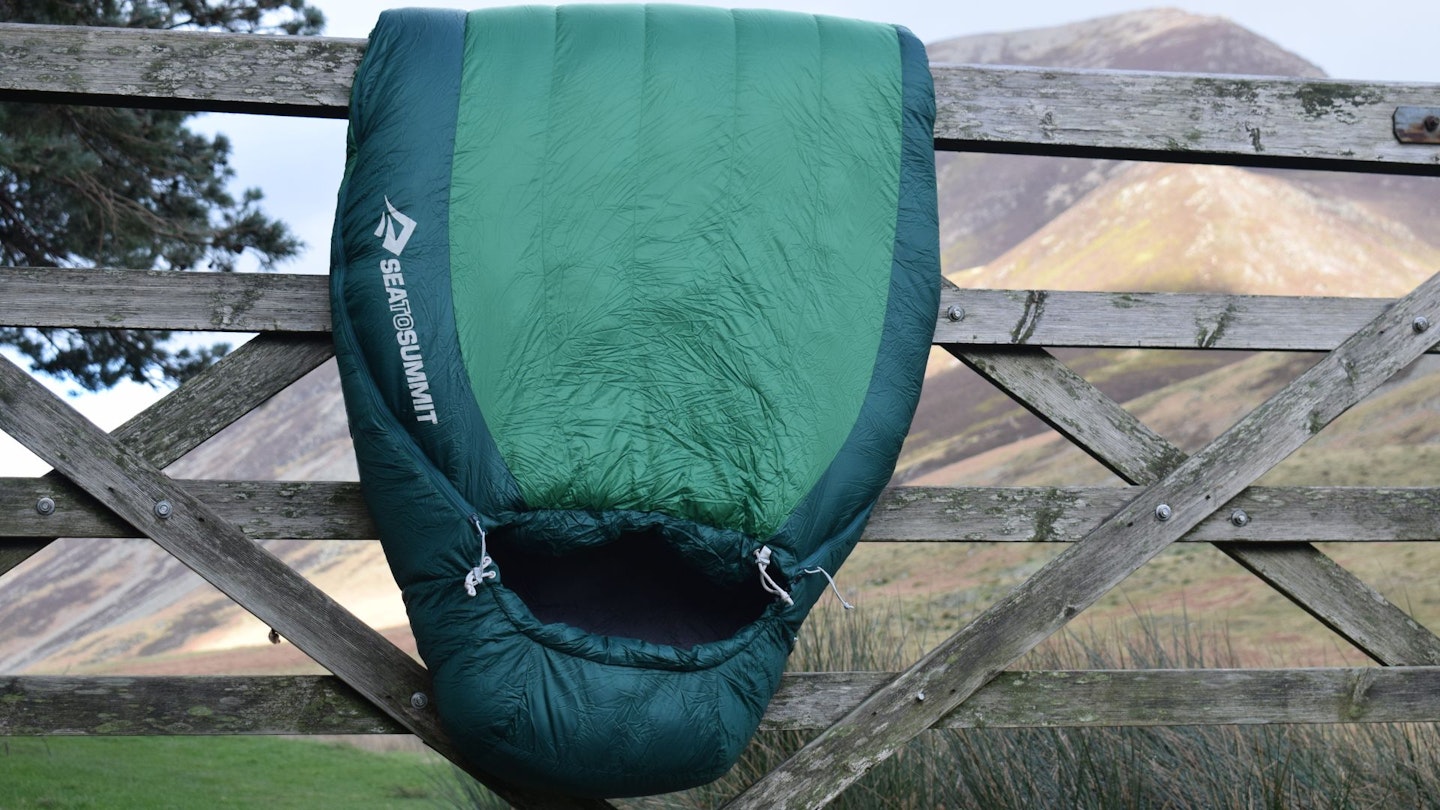
Both the shell and liner of this sleeping bag are made from a 20-denier recycled ripstop nylon, while the hood and footbox are made from a 10-denier waterproof-breathable nylon. The materials are thin, light and comfy.
Size and shape
This sleeping bag has what Sea to Summit describes as a “relaxed mummy fit”. This is tapered, but only gently without the more aggressive style of some super lightweight sleeping bags. This makes the fit more accommodating with plenty of wriggle room, which will definitely suit some campers.
Despite the extra wriggle room, Sea to Summit says the “relaxed mummy fit” is still designed for high thermal efficiency and performance. The regular Ascent -9C is suitable for anyone up to 185cm (6ft 1”) tall. The shoulder girth is 158cm, the hip girth is 146cm and the footbox girth is 119cm. The long version is suitable for people up to 198cm (6ft 6”) tall, and the shoulder, hip and knee girths are 168cm, 156cm and 129cm respectively.
Features
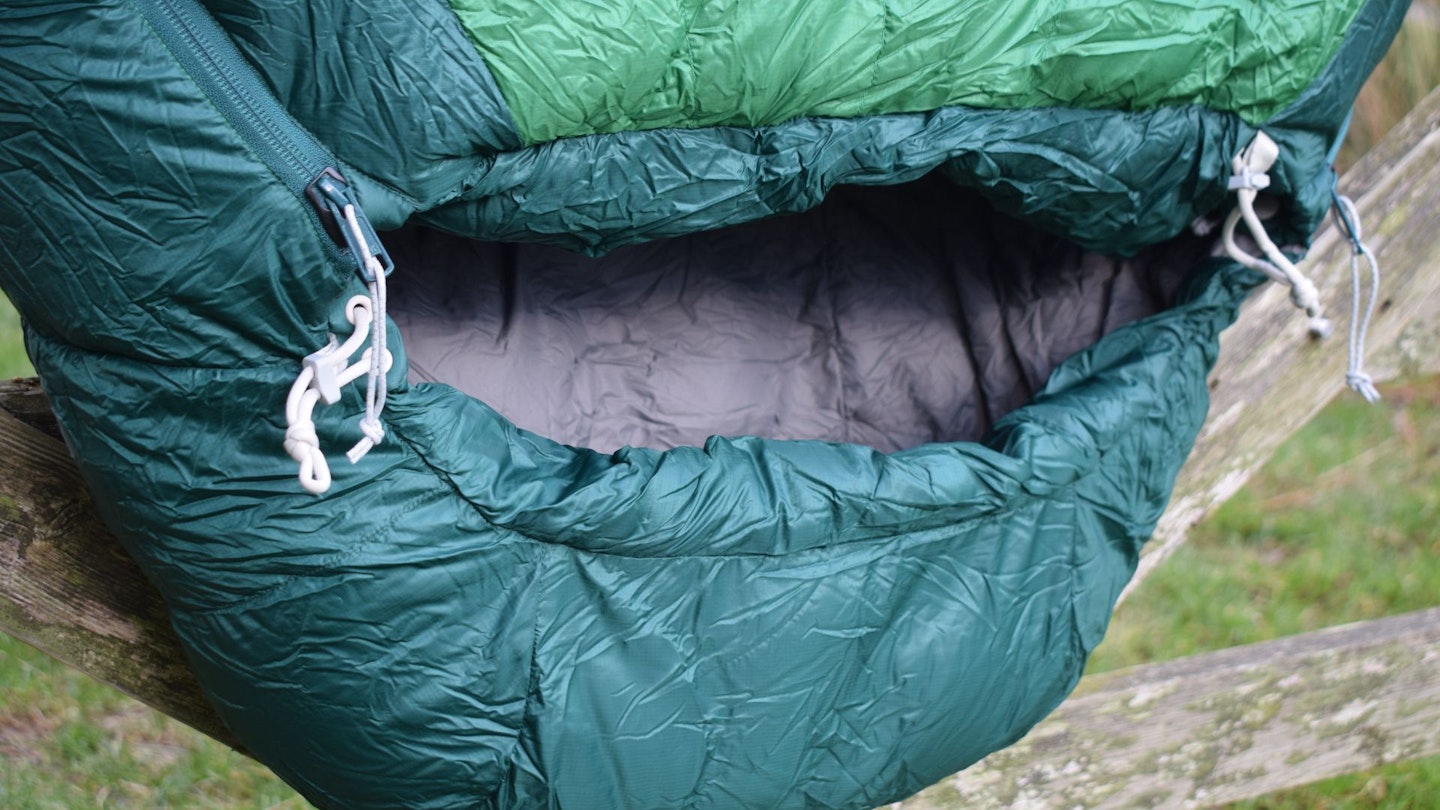
There are no incredibly exciting or innovative features with the Ascent -9C, but sometimes quirky and different design touches aren’t really needed. Instead this bag focuses on the basics and does them very well. Everything you need is present, using proven and reliable approaches.
You get a generous fitted hood with simple adjustment for a fine-tuned fit. The hood is also compatible with Sea to Summit camping pillows. A single, down-filled draught tube covers all of the zippers to keep the cold out, and the zippers themselves are well-designed with good toggles and two-way opening. The main zipper is full length and wraps around the base of the footbox too. A secondary, half-length zipper is available on the other side. Most sleeping bags only have one zipper, so the twin zippers of the Ascent -9C add versatility and improve ventilation options.
You can even use the zippers to create arm holes, so you can “wear” the sleeping bag while making a morning brew in your tent. At the neck you get drawcord adjustment and a chunky draught collar, which is scalloped over the neck and oversized at the shoulders for a comfy, snuggly fit. The footbox is cosy too.
Verdict
The Sea to Summit Ascent -9C is a versatile and solid-performing down sleeping bag with a -2C comfort rating for just over 1kg – but it’s slightly over-priced at RRP.
How we tested
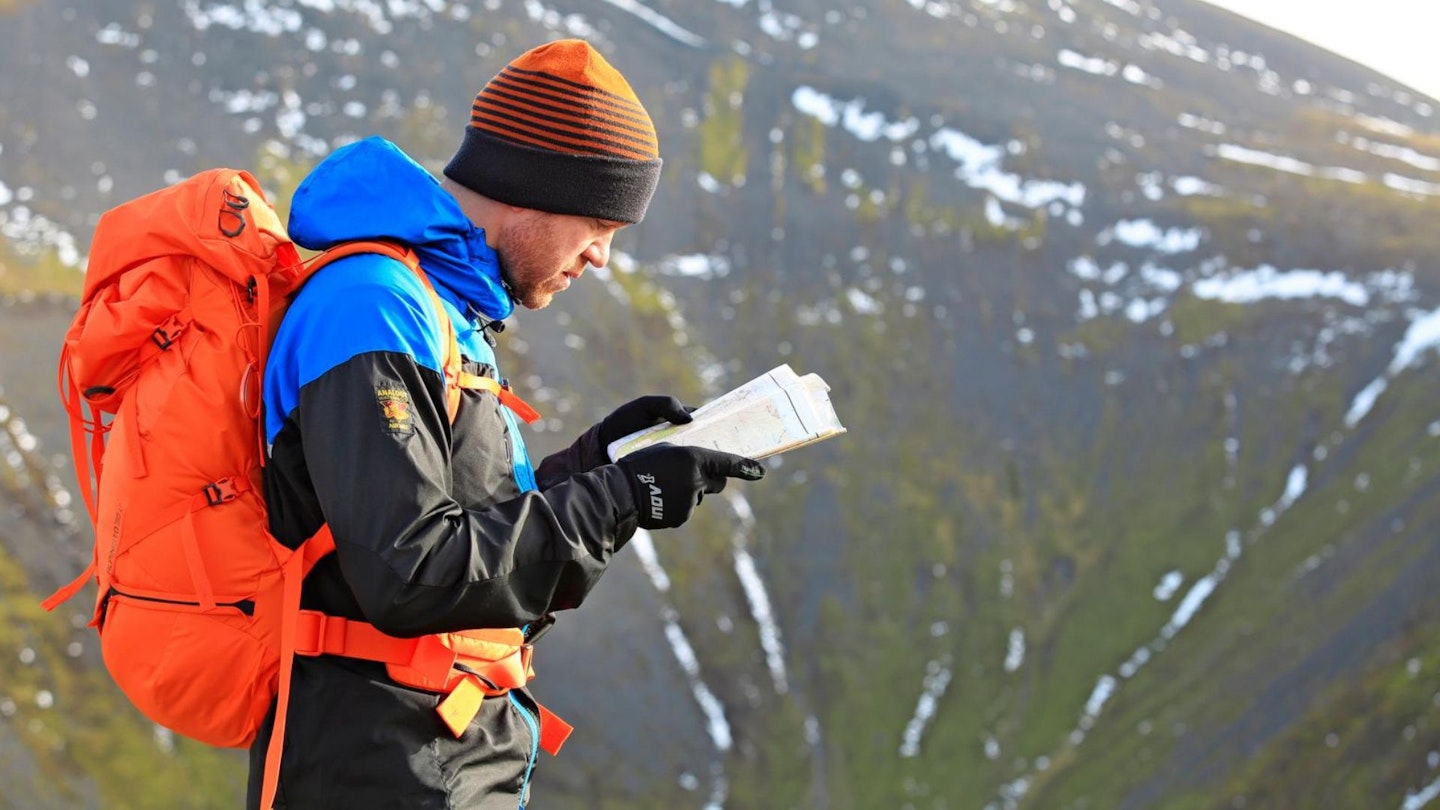
The tester for this sleeping bag was James Forrest, a prolific outdoors writer and long-time gear tester for LFTO and Trail magazine.
